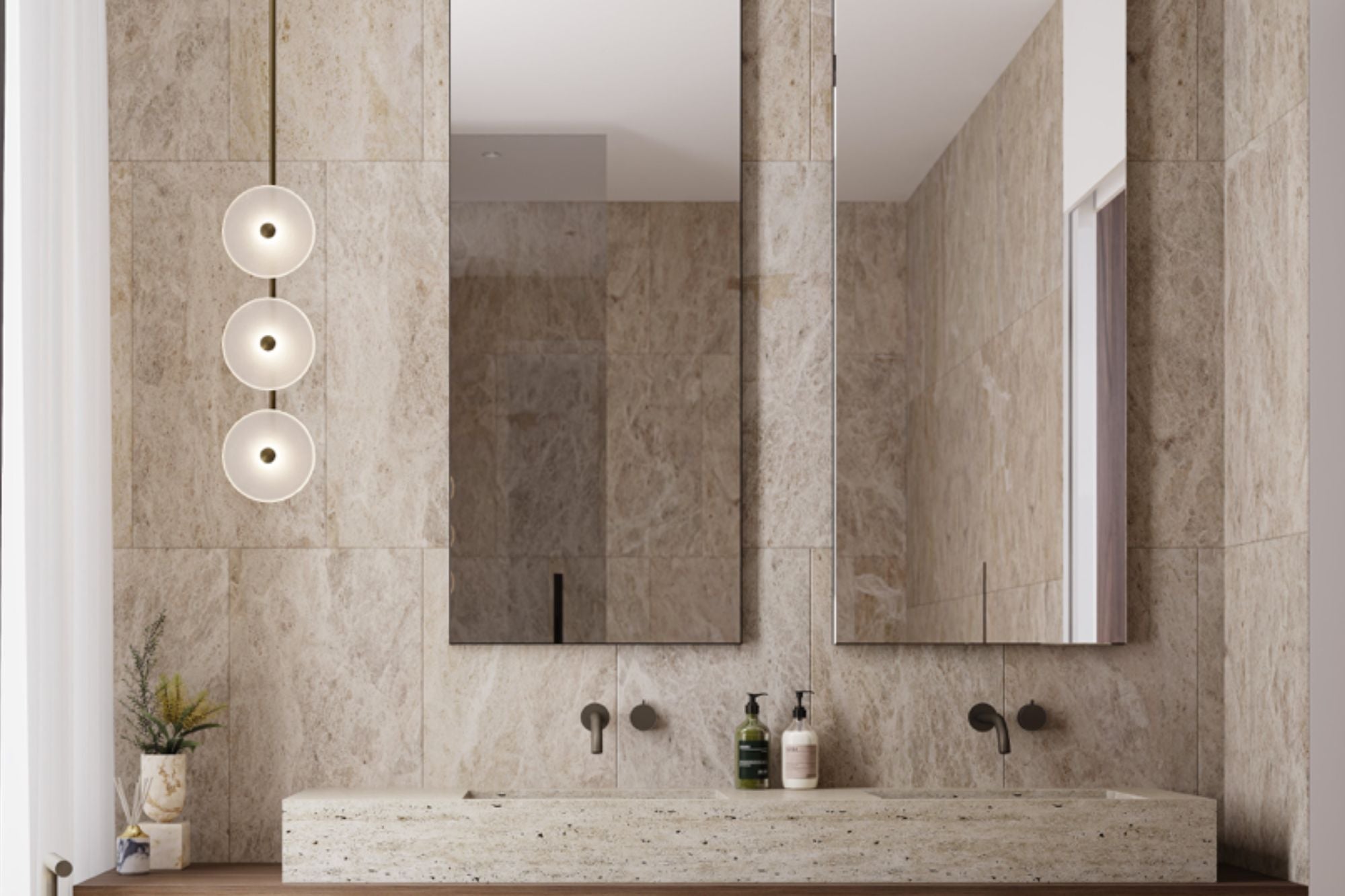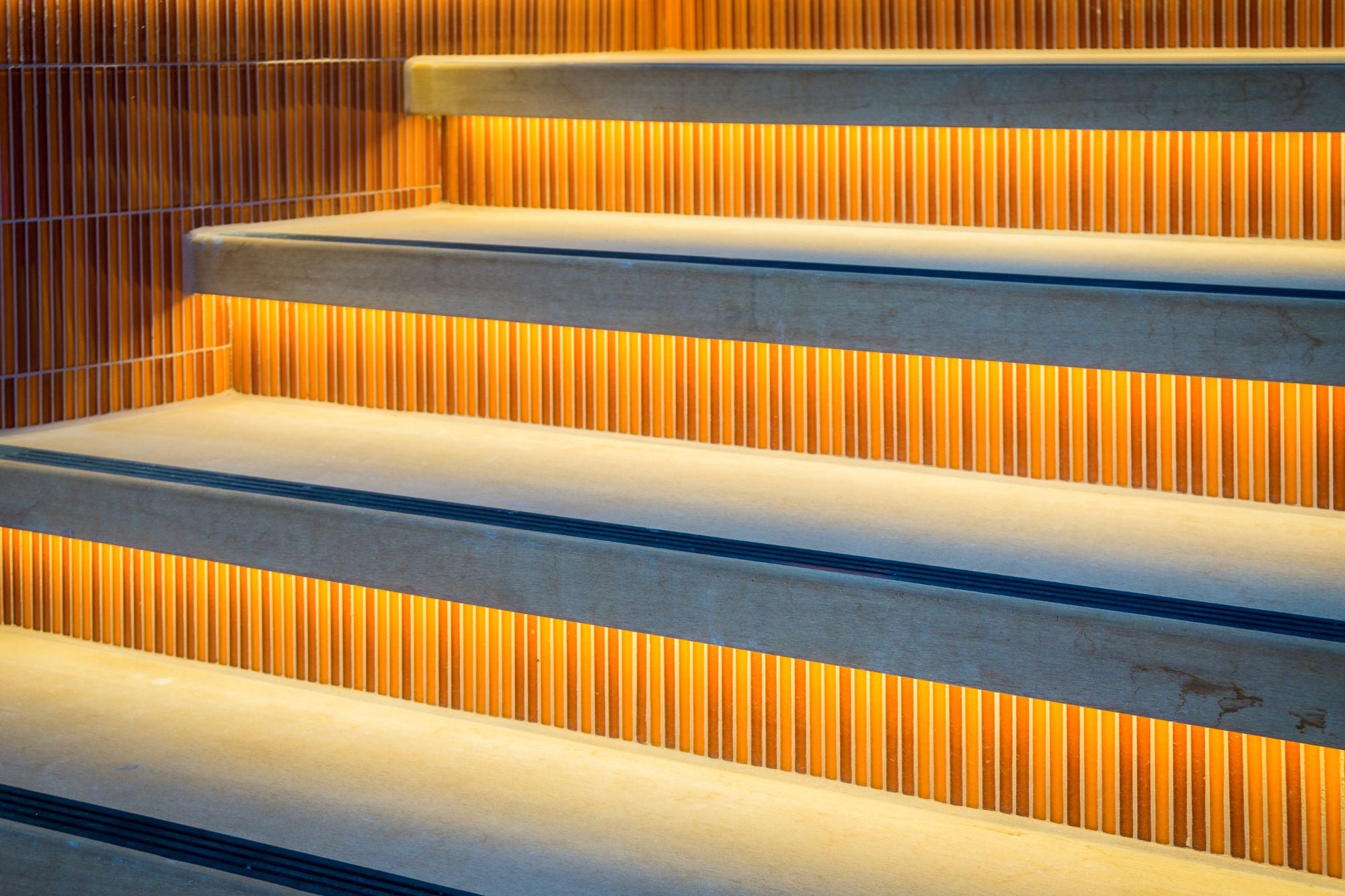
Winter Lighting: How to Light Your Home and Create Warm, Cosy Spaces
As the days grow shorter and temperatures drop, effective winter lighting becomes essential to maintaining a comfortable and inviting home. This guide will answer key questions on how to light your home during the colder months, ensuring you create a warm and cosy atmosphere while being energy-efficient.
The Best Way to to Light Your Home in Winter
Lighting your home in winter involves a combination of functional and ambient lighting to combat the dark, gloomy days. Start with layering your lighting:
1. Ambient Lighting: Use ceiling lights, chandeliers, and large fixtures to provide general illumination. Ensure each room has a central light source to eliminate shadows and dark corners.
2. Task Lighting: Incorporate task lighting in areas where specific activities occur, such as reading lamps by the sofa, under-cabinet lights in the kitchen, and desk lamps in the study.
3. Accent Lighting: Highlight architectural features, artwork, or indoor plants with spotlights or LED strips to add depth and interest.
What Lights To Use in Winter
Choosing the right type of lighting is crucial in winter:
1. LED Lights: Energy-efficient and long-lasting, LED lights are perfect for winter. They come in various colour temperatures, from cool white to warm yellow, allowing you to create the desired ambience.
2. Halogen Bulbs: Although less energy-efficient than LEDs, halogen bulbs offer bright, clear light, making them suitable for task lighting.
3. Smart Bulbs: Smart bulbs that can change colour and brightness through an app or voice control are great for adjusting lighting according to the time of day and activity.
Using LED Lights in Cold Weather
LED lights perform exceptionally well in cold weather. Unlike traditional incandescent bulbs, LEDs are not affected by low temperatures. They actually operate more efficiently in cooler conditions, making them an ideal choice for bothindoor and outdoor winter lighting.
How To Make Your House Feel Warm Using Lighting
Lighting can play a significant role in making your house feel warmer:
1. Warm Colour Temperatures: Choose bulbs with warm colour temperatures (2700K to 3000K) to create a cosy, inviting glow.
2. Dimmer Switches: Install dimmer switches to adjust the brightness and create a softer, warmer ambience during the evenings.
3. Layered Lighting: Combine different types of lighting to add depth and warmth to your rooms.
How to Brighten A Home During Winter
To brighten your home during the dark winter months:
1. Maximise Natural Light: Keep windows clean and use light, sheer curtains to allow maximum natural light.
2. Reflective Surfaces: Use mirrors and glossy surfaces to reflect light and make spaces appear brighter.
3. Bright Bulbs: Use higher lumen bulbs to ensure your rooms are adequately lit. Consider daylight LED bulbs for a bright, natural effect.
Conclusion
Effective winter lighting is about creating a balance between functionality and ambience. By choosing the right lights, using LED bulbs, and layering your lighting, you can transform your home into a warm, inviting haven during the cold winter months. Experiment with different lighting techniques to find what works best for your space, ensuring you stay cosy and bright all winter long.


